Remaking #CityIdentity with #Placemaking
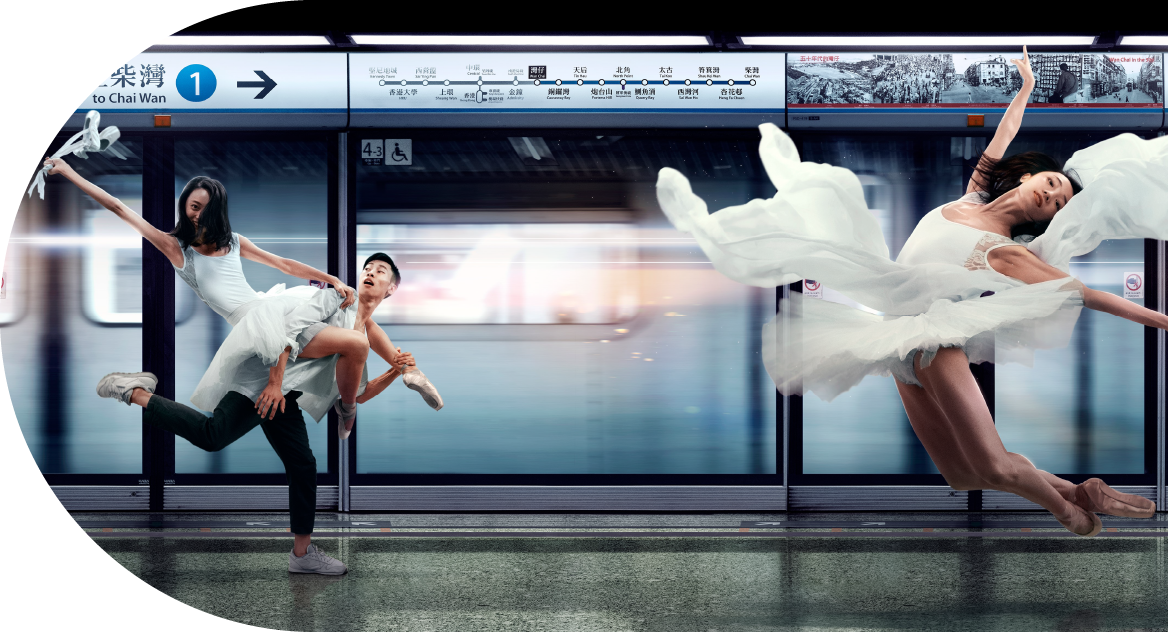
“This is Wan Chai” by Wind & Foster
The identity of a place never stops evolving as people and things keep changing. But sometimes the hustle and bustle of everyday life make us less sensitive to the quiet changes happening around us. Placemaking is a way of conjuring up new imaginations and relationships in a community. It uses varied strategies to prompt us to rediscover the identity of our city. BODW CityProg, having kicked off last November, ushers into March to bring us exciting placemaking programmes. It continues to team up local and overseas creatives, businesses and organisations to bolster the relationships between people and places. Two of them lead us to recapture Wan Chai and Sham Shui Po with new lenses — “This is Wan Chai” by Wind & Foster and “#CITY” by openground.
“Placemaking is a way of conjuring up new imaginations and relationships in a community. It uses varied strategies to prompt us to rediscover the identity of our city.”
“This is Wan Chai”: portraying 21st-century cities through dance
Design and its power to synergise with other art forms offer tremendous creativity to placemaking. “This is Wan Chai” is a project combining design, dance, film and photography to portray 21st-century cities through dance, a universal language. Commissioned by MTR Corporation and jointly initiated with Hong Kong Design Centre, it is part of UK design studio Wind & Foster's award-winning global project “Moving Cities". It has been staged in a great number of charming cities in Europe and the United States, like Barcelona and Dallas.
Wind & Foster’s Director Jevan Chowdhury worked with Hong Kong Ballet’s Artistic Director Septime Webre and 45 ballet dancers to stir up movements and interactions in Wan Chai’s streets — Johnston Road, Mallory Street and Wan Chai Market, to name a few. The dancers’ presence and movements evoked serendipitous interactions with everything in the scenes, sparking new momentary relationships which were captured by film and photography. An approximately 150-metre-long artwork was further developed for the MTR Wan Chai Station. The work unfamiliarises everyday cityscape and puts the new and old of Wan Chai under the spotlight, opening us to the details of urban design and use of space that we may have never noticed.
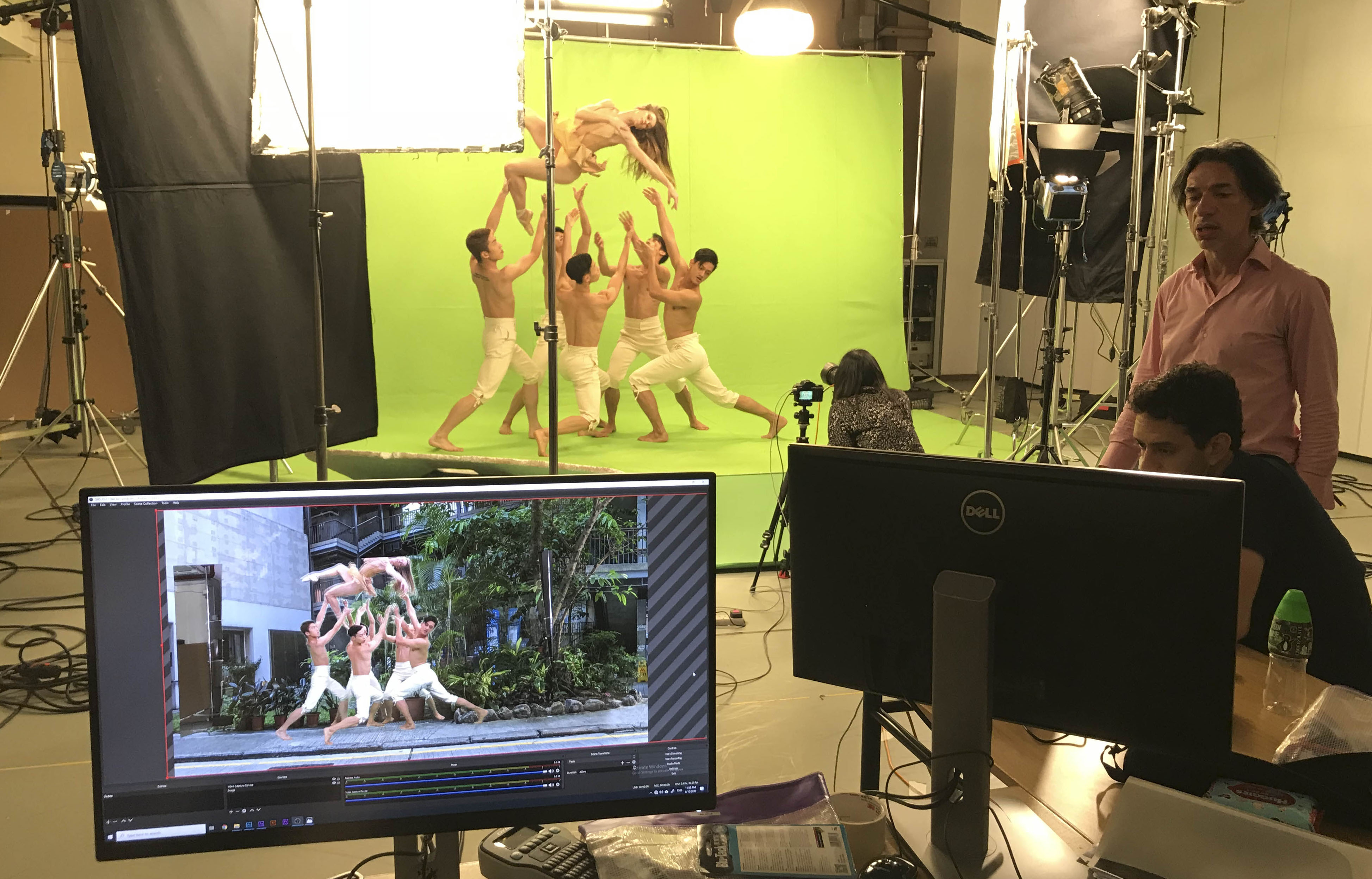
“This is Wan Chai” making-of
“#CITY”: translating the personalities of streets in Sham Shui Po
In recent years, Sham Shui Po is seeing a range of new culture-filled shops and cafés which has been quietly adding style to the quaint vibe of the district. Among them is openground which integrates a café, a gallery and a design bookstore. They take cues from hashtags, the social media tagging system that has been shaping modern culture for over a decade. Famous hashtags like #IceBucketChallenge, #BlackLiveMatter and #MeToo have swept the world and united netizens around social issues and activism.
Positioning itself as a design portal in Hong Kong, openground initiated the “#CITY” collaborative project to connect local designers with the people and places in Sham Shui Po. They challenged designers with the question: What if ‘#’ was materialised and placed in the streets? What visual and material forms would reflect the characteristics of the neighbourhoods? This challenge was posed to a group of designers from different disciplines: Brian Lee and Hillary Fung (product), Charlotte Law (interior), Scarlett Leung (digital), Sannia Ho (graphic) and Helen Leung (project management). The result is three installations now showcased on Yu Chau Street, Tai Nan Street and Ki Lung Street at weekends and the stories behind them exhibited at openground from now until 22 March.
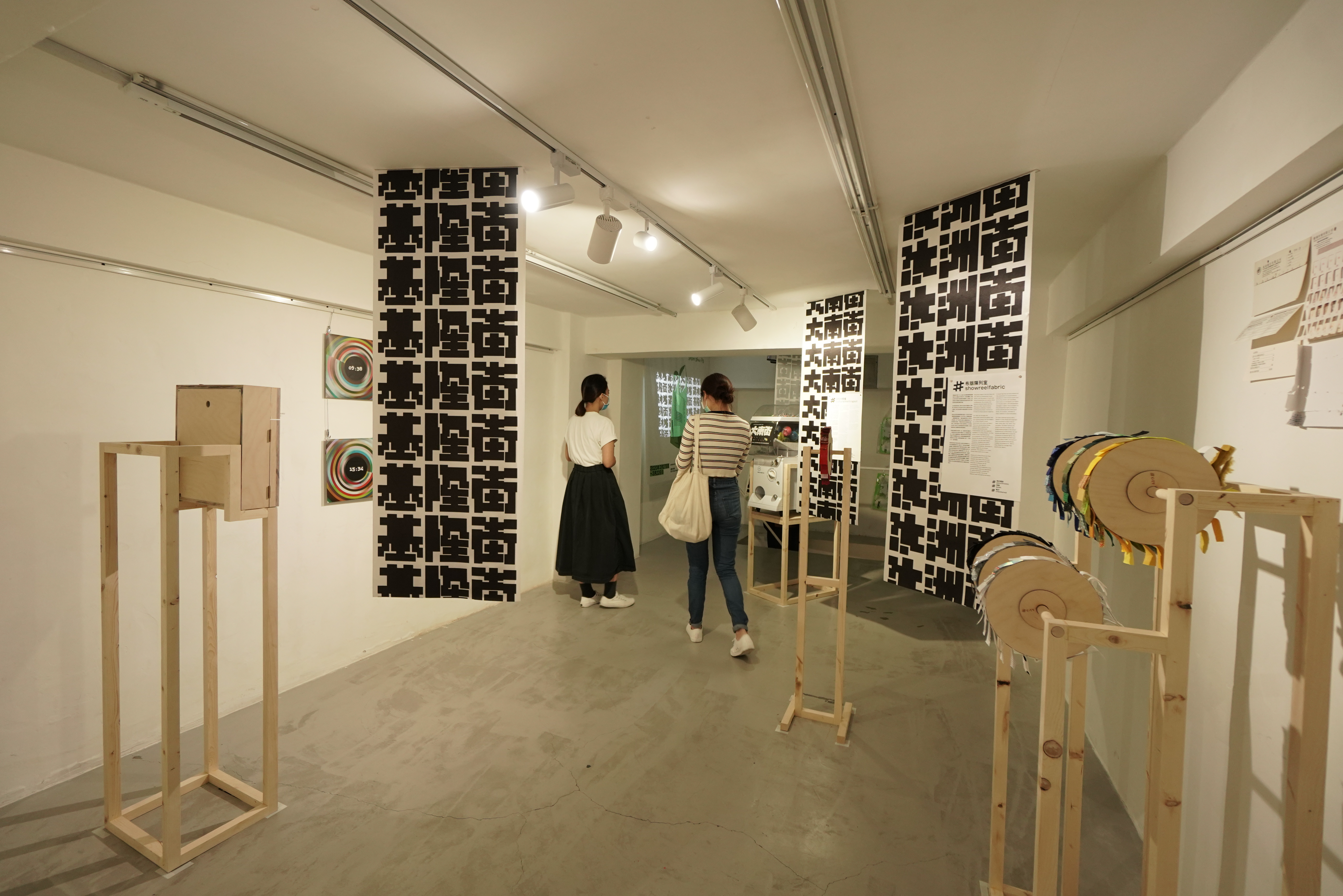
Each #CITY installation translates the personalities of a specific street in Sham Shui Po into surprising forms and materials. Yu Chau Street, which is known for its fabric stores, inspired the designers to transfer the tactile experience of touching fabrics into the installation. Tai Nan Street’s streetscape was turned into exclusively designed pins which are put into capsule toy vending machines, a collective memory to many of us. The day and night of Ki Lung Street are conveyed through vinyl records and viewers can choose and play different snapshots of the street. Look for them on these streets on 29 February, 1, 8, 14 and 22 March and see how the designers “hashtag” the streets!
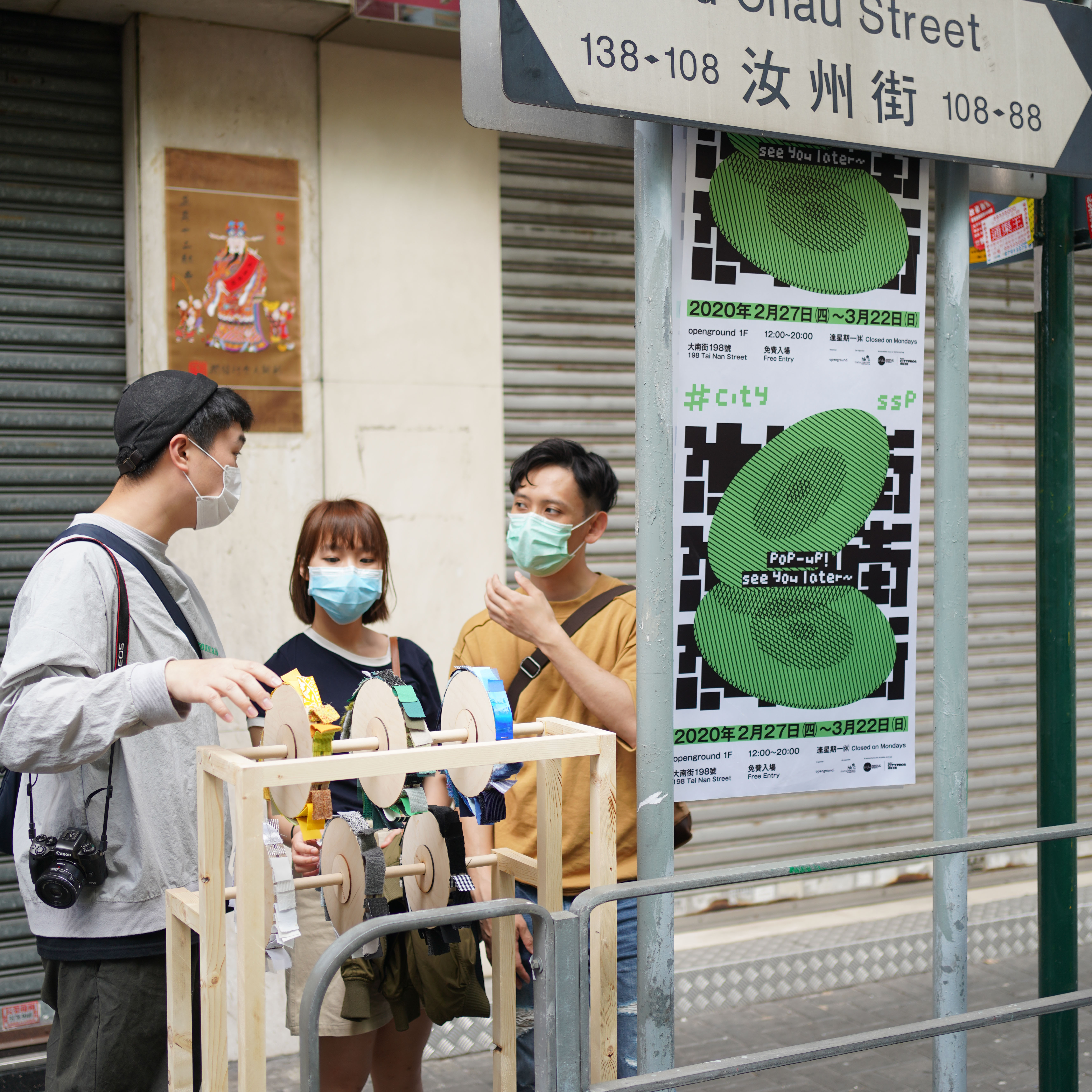 Yu Chau Street
Yu Chau Street
|
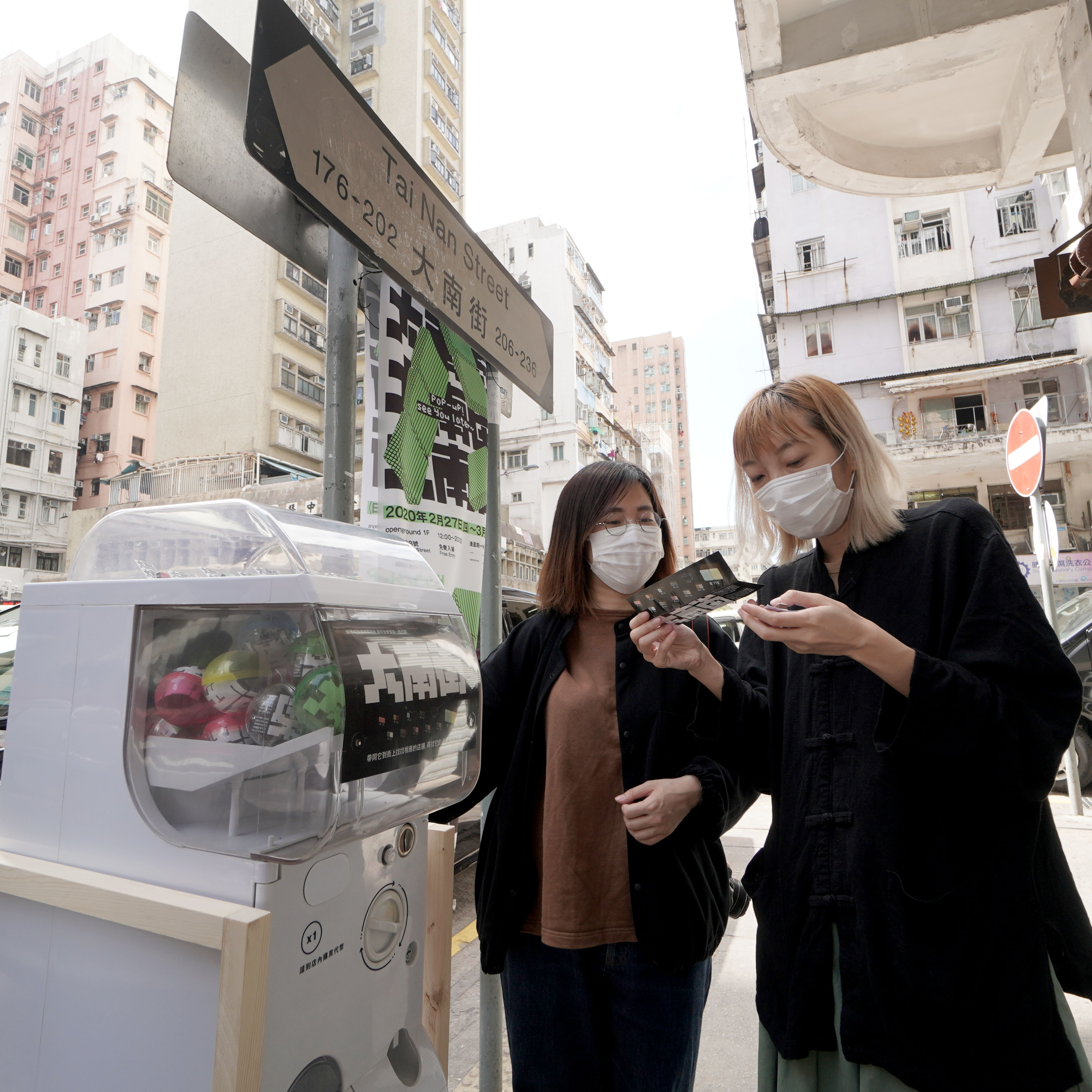 Tai Nan Street
Tai Nan Street
|
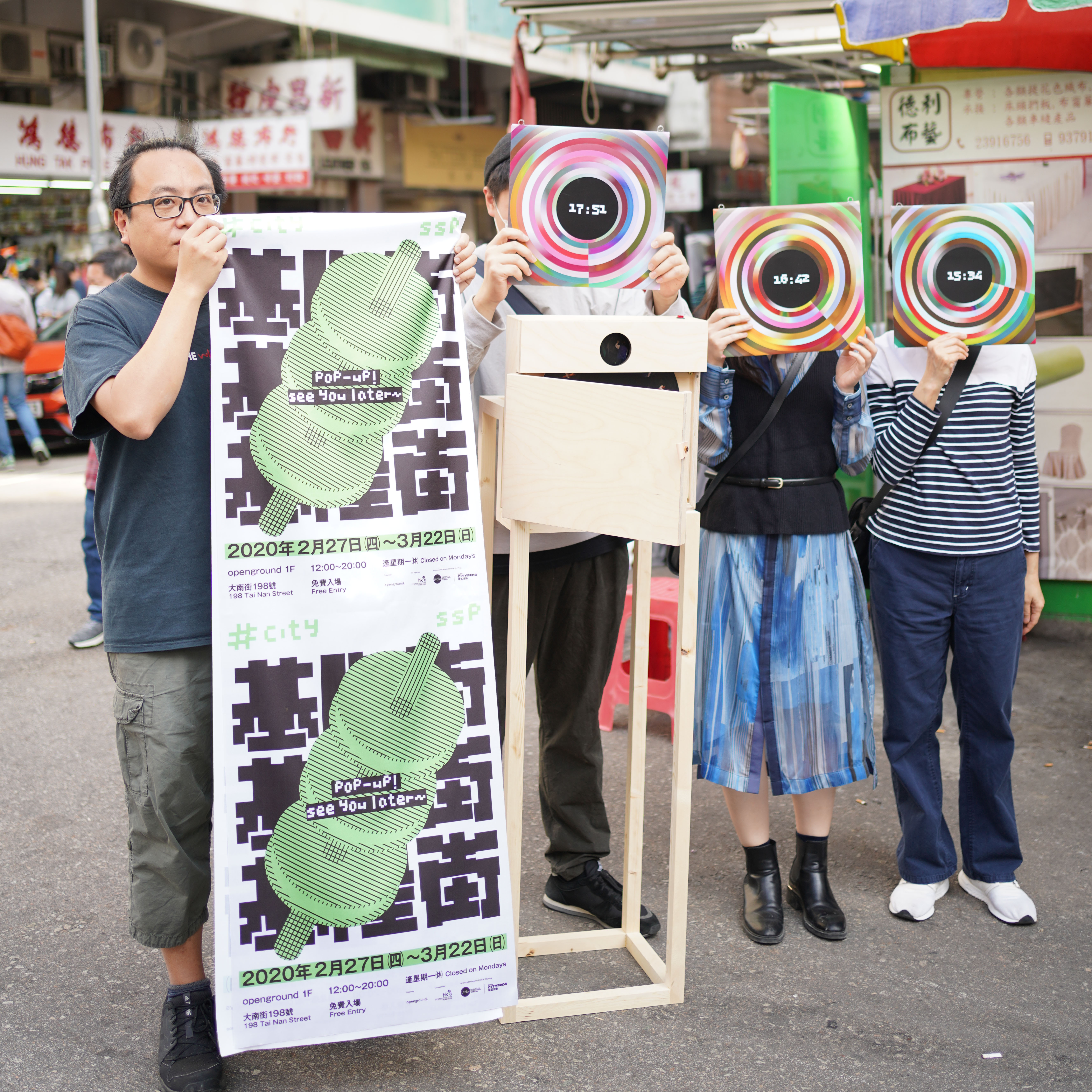 Ki Lung Street
Ki Lung Street
|
One of the most impressive facets of Hong Kong is its adaptiveness and ever-morphing identity. What the place will become depends on us the people. Why not get some inspirations from design and placemaking to expand our imagination of what our city could become?